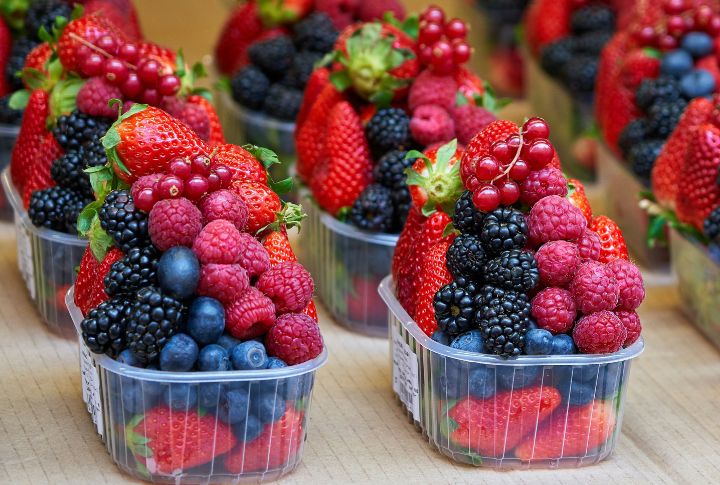
It starts with a missing label here or a restock delay there, but soon, entire products fade away. Tariffs are reshaping what stores can afford to carry, and imported foods are especially at risk. If your pantry feels emptier in the coming months, these ten foods may be the first to go.
Olive Oil
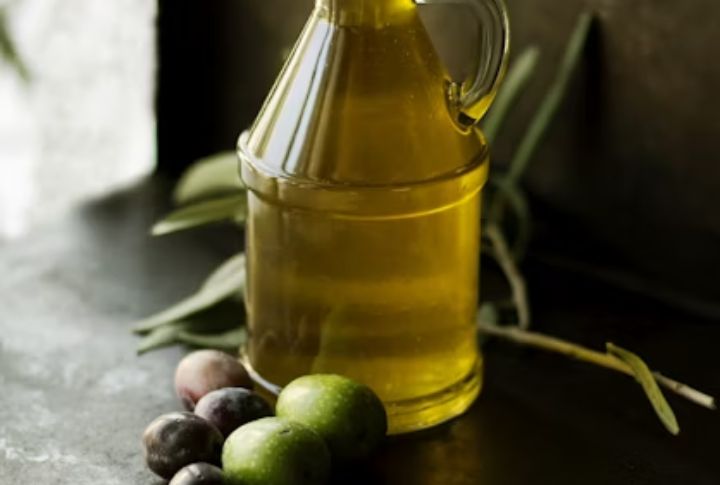
European olive oil tends to fall under tariff categories during trade negotiations. Since small producers can’t absorb the added cost, store shelves tend to lean toward larger brands or cheaper substitutes. Some shoppers begin using canola or vegetable oil while watching prices climb.
Avocados
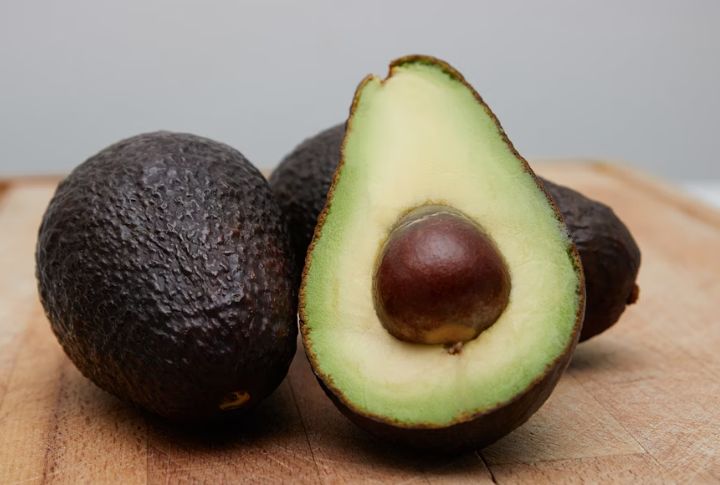
Tariffs on Mexican produce often hit avocados first. With most of the U.S. supply coming from Mexico, price jumps ripple quickly through grocery chains and restaurants. When previous trade tensions rose, prices doubled, and guacamole servings quietly shrank at cafes and fast-casual spots.
European Cheeses
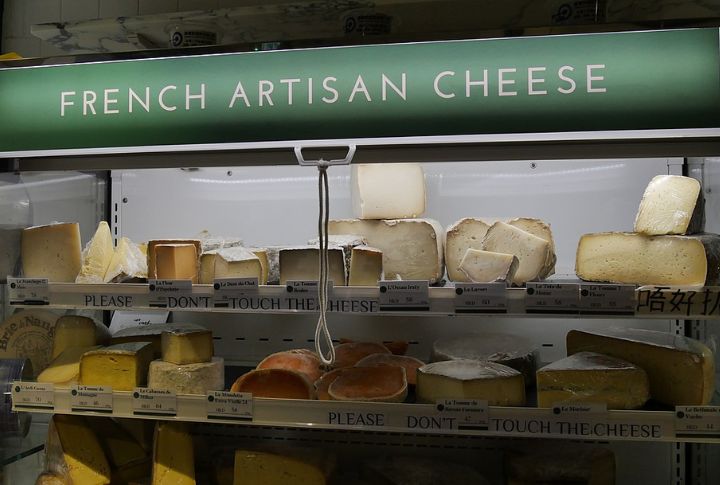
Imported wheels of Brie or wedges of Parmigiano become a splurge item when tariffs add up to 25% to their cost. Grocery chains sometimes shrink their international cheese selections to save space for domestic alternatives. Cheese boards feel less indulgent with fewer specialties available.
Coffee Beans
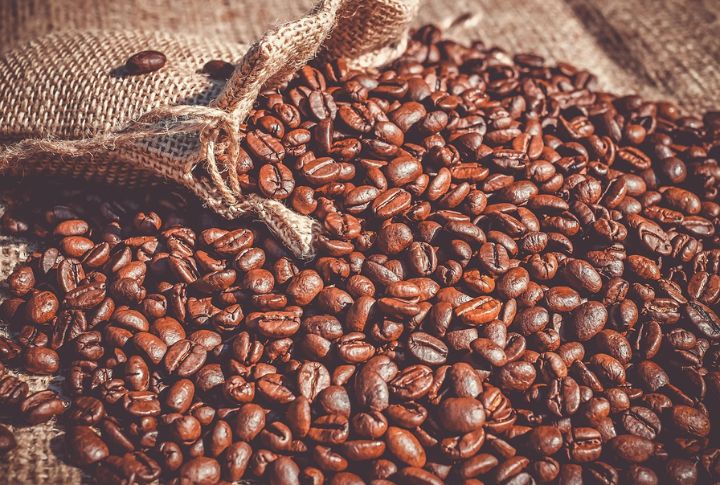
Latin America supplies most of the coffee beans used in the U.S. As tariffs enter the conversation, small roasters react first by increasing prices or changing blends. Independent cafes start adjusting menu prices while grocery blends lean toward lower-grade beans.
Chocolate

Cacao-heavy imports from West Africa often struggle when tariffs disrupt shipping. Premium bars become thinner, and ingredient lists are adjusted to reduce production costs. Some bakers switch to cocoa powder blends, especially when supplies are tight during holiday baking surges.
Wine

Wines from Italy, Spain, and France are affected when tariffs are imposed on European goods. Bottles that once cost $10 inch up toward $15 or $20, shifting buyers toward domestic options. Restaurants update their wine lists, and Champagne becomes less common at celebrations.
Fresh Berries
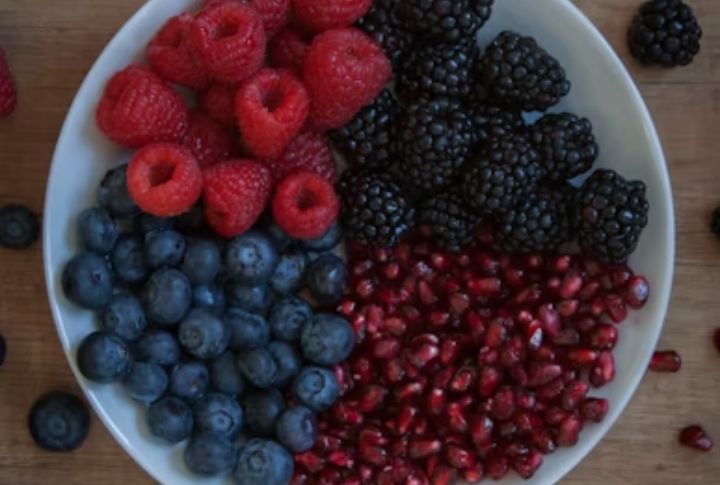
Seasonal gaps in U.S. berry production get filled by imports. When shipping slows and tariffs raise prices, smoothie shops reduce their use of fresh toppings. Home cooks swap in frozen fruit more frequently, and local farms step in to fill small, regional gaps.
Seafood
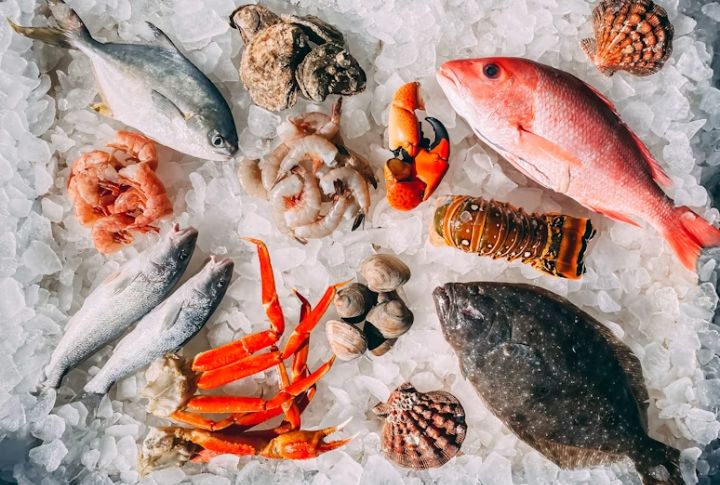
Shrimp and salmon sourced from Asia are among the seafood items most affected by tariffs. As a result, sushi counters are subtly hiking prices. With steady consumer demand and limited domestic supply, retailers increasingly rely on frozen, pre-packed options.
Pasta
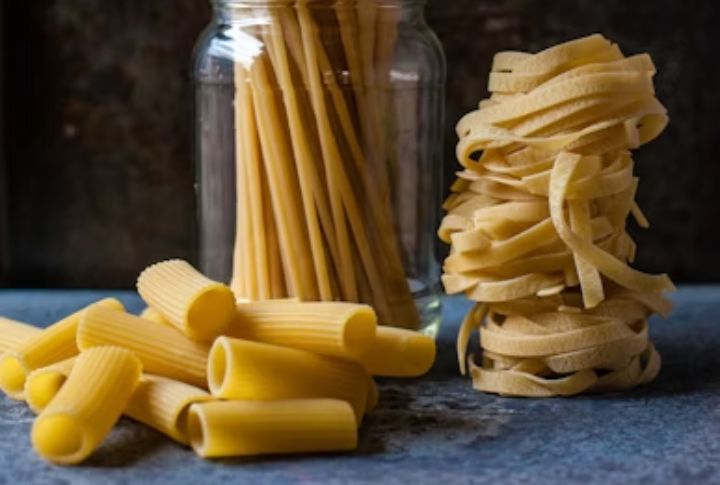
Italian pasta brands rely on imported wheat, making them sensitive to tariff changes. Specialty shapes and gourmet options are often the first to fade. Budget-conscious shoppers reach for rice or potatoes instead, and some bulk aisles reduce variety to make room for domestic brands.
Exotic Spices

Spices like cardamom and cinnamon don’t grow locally, which makes them especially sensitive to tariff shifts. Once fees rise, specialty jars become more expensive or disappear altogether. Bakers adapt their go-to recipes, while spice lovers explore bulk alternatives or local blends to keep meals flavorful.

